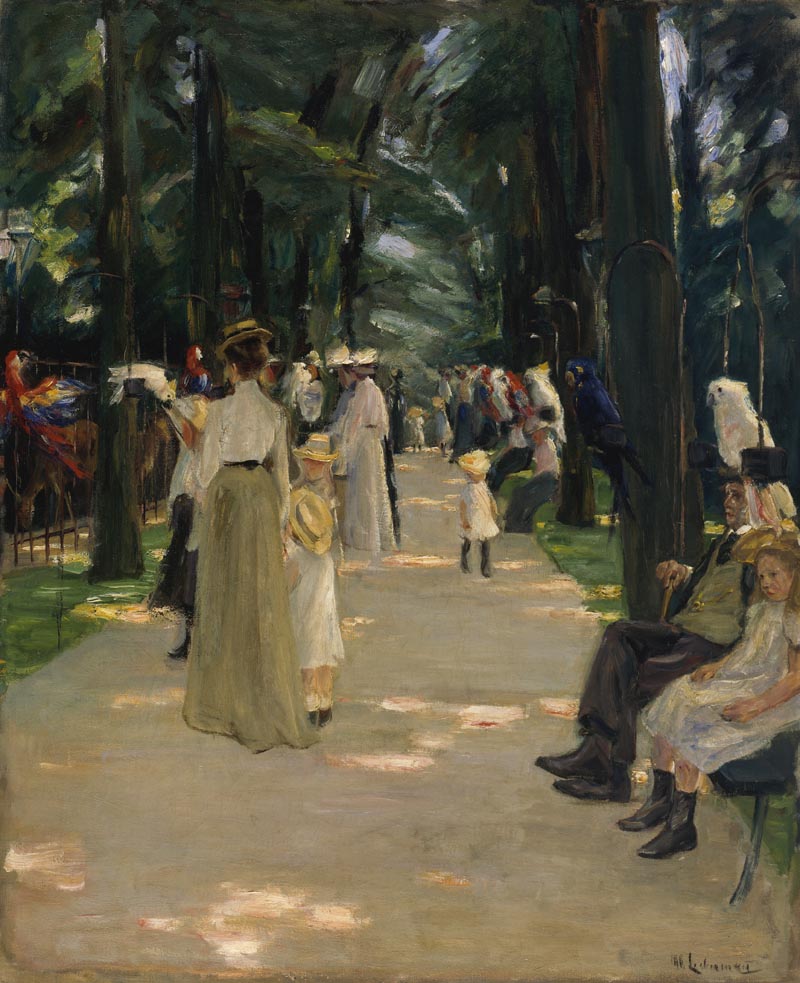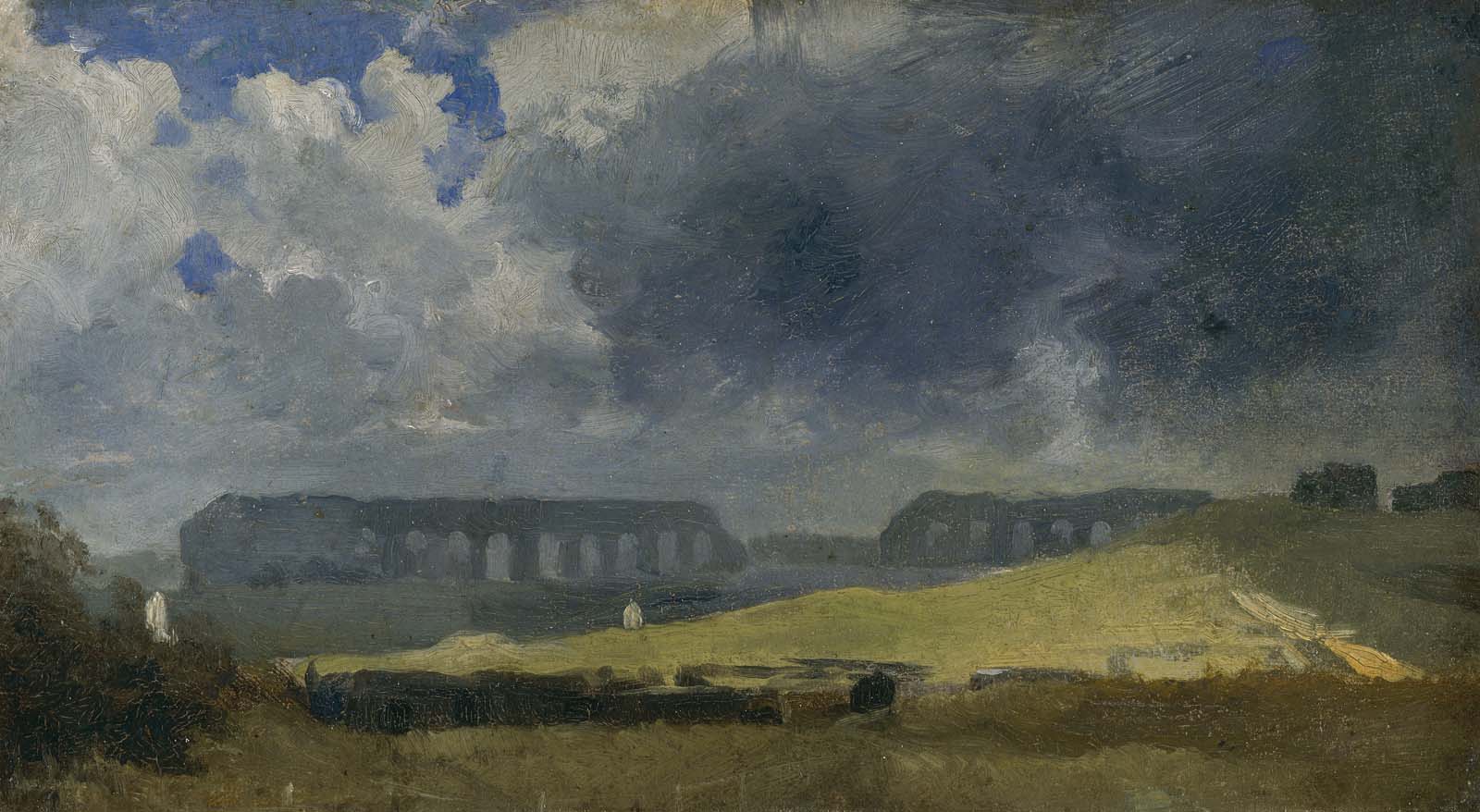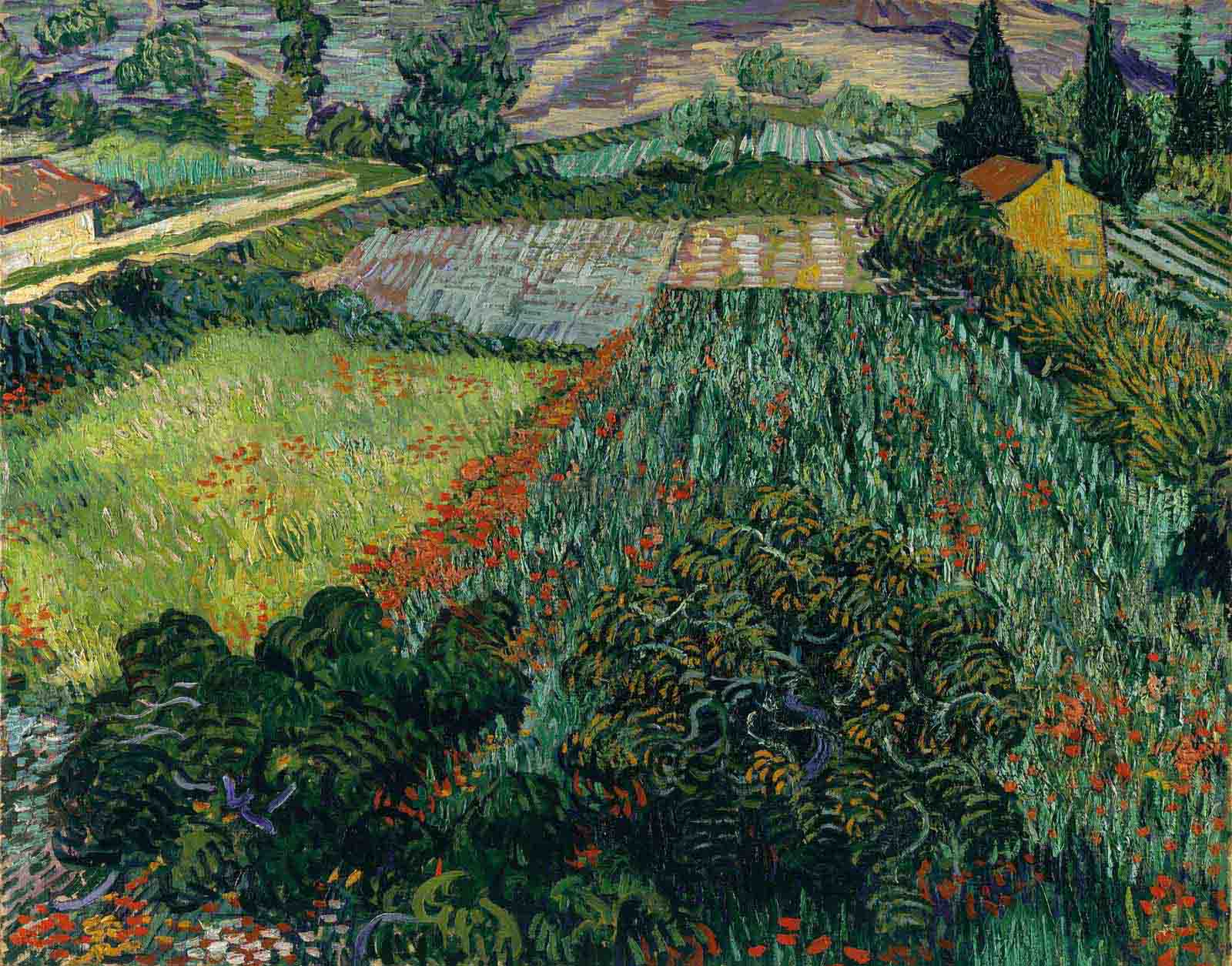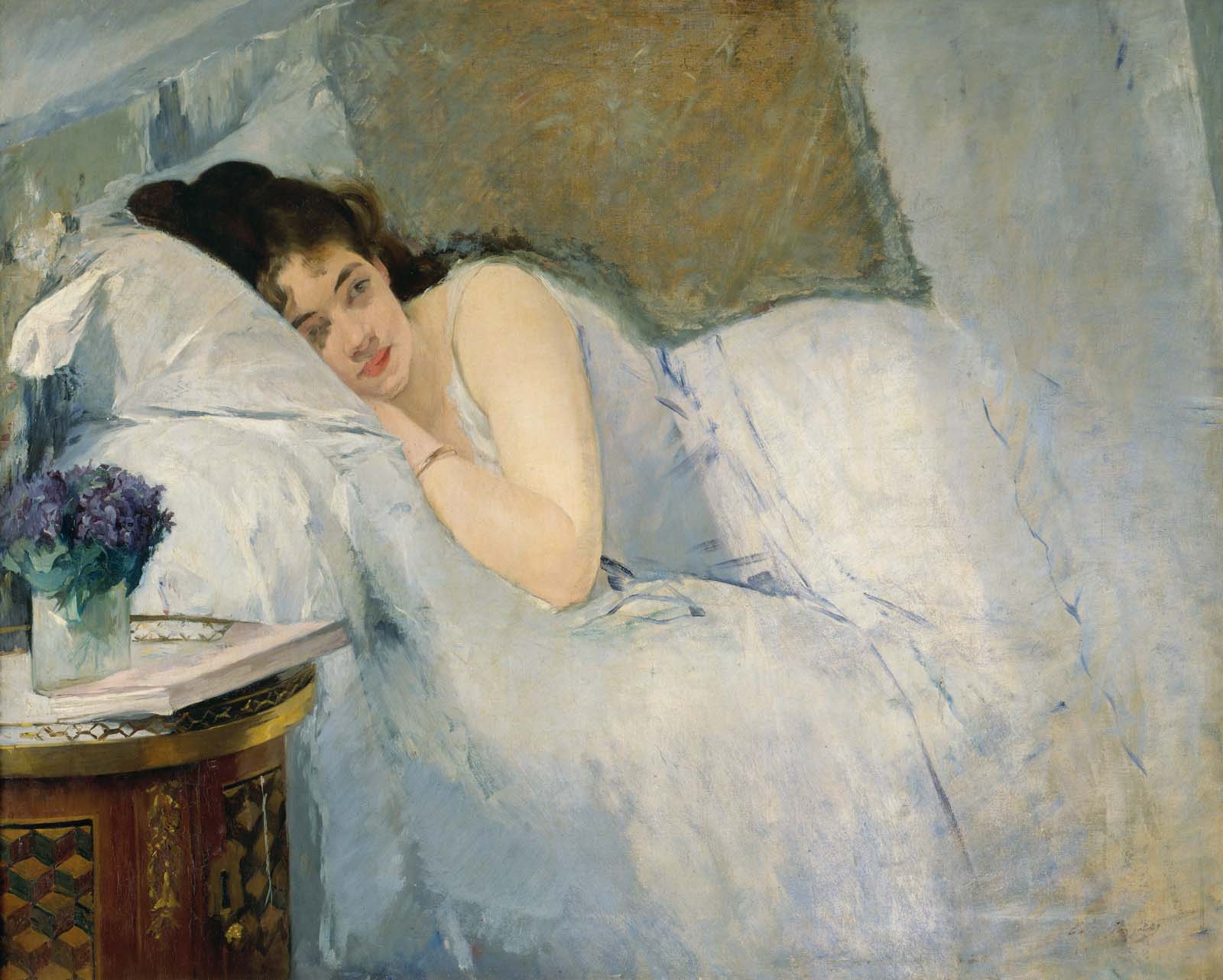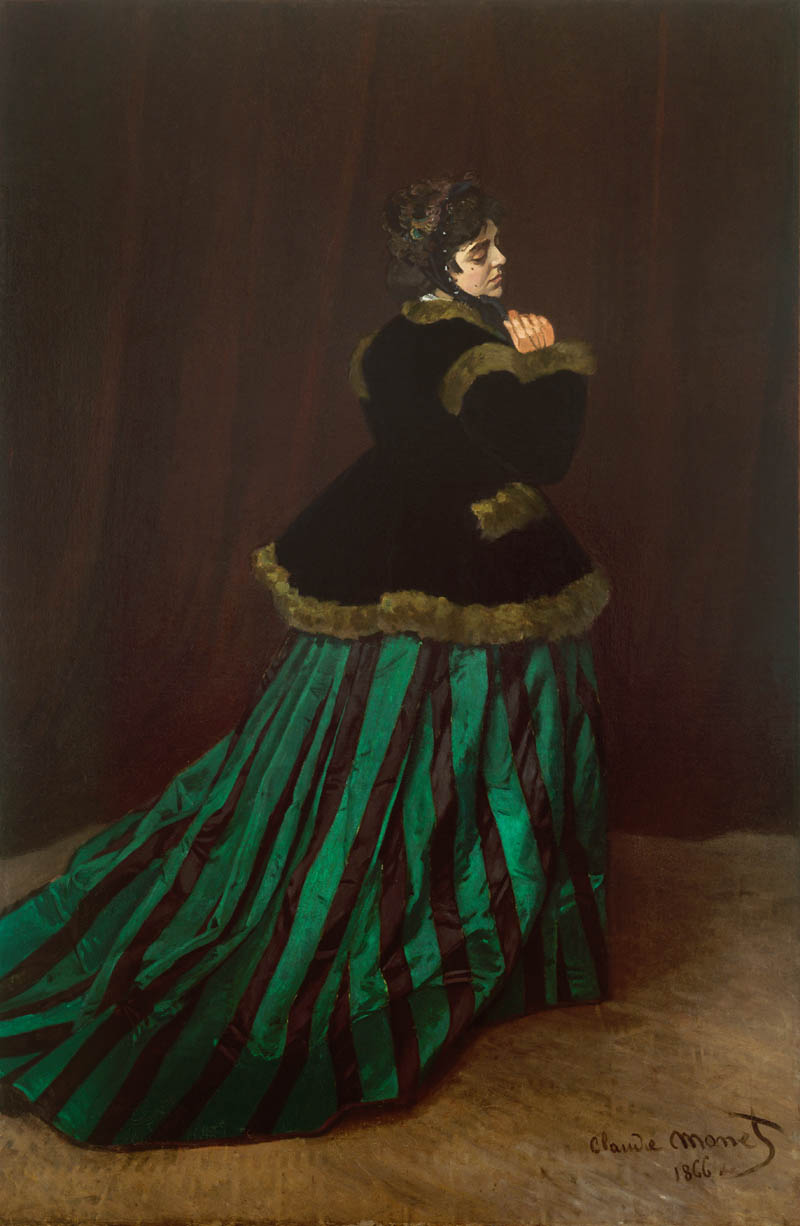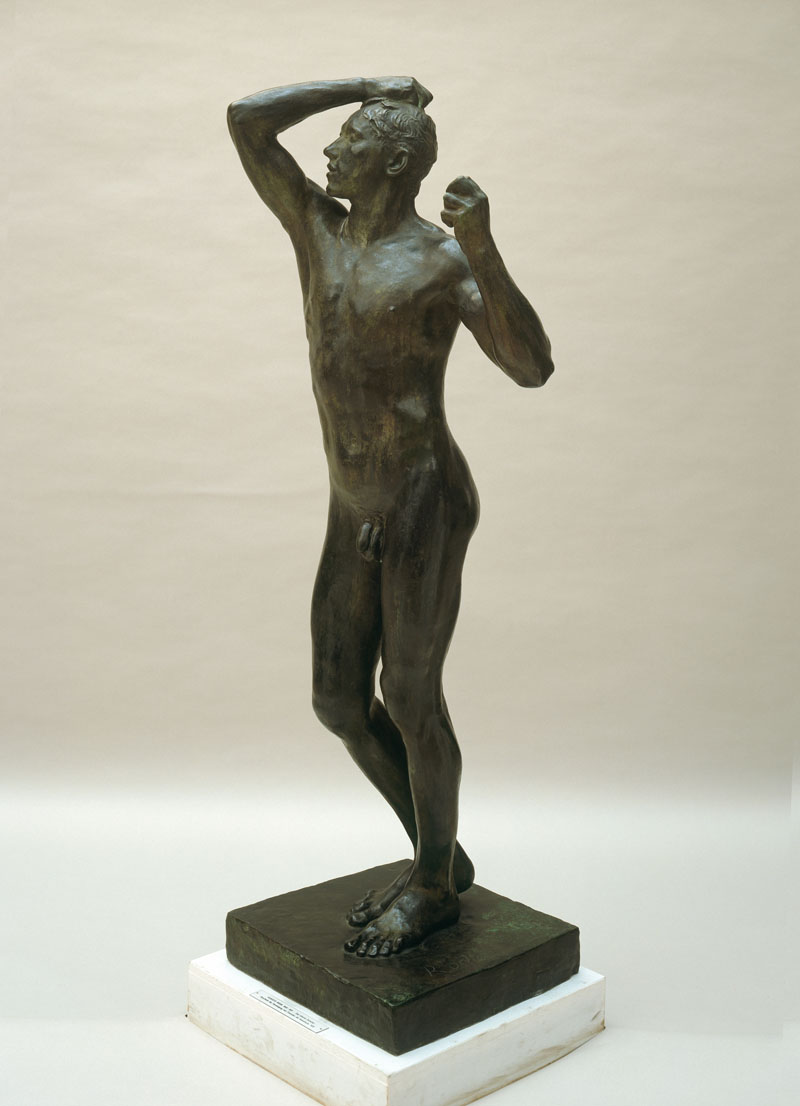From the Romantic Period to Impressionism
From the Romantic Period to Impressionism
Nineteenth-century painting is the focal point of the collection in Bremen. One striking highlight of German Romanticism is The Blue Grotto of Capri by Heinrich Jakob Fried, whereby paintings by Eugène Delacroix exemplify the French position. A yearning for Italy is seen in the large group of works by the Nazarenes and by the German Romans Hans von Marées, Arnold Böcklin,and Anselm Feuerbach.
A rich collection of oil studies documents the special interest of Kunsthalle directors for “picturesque” painting. This is also reflected in paintings from the Leibl circle with still-lifes, landscapes, and portraits by Otto Scholderer, Carl Schuch, and Wilhelm Trübner. Gustav Pauli (1899–1914), the first director of the Kunsthalle Bremen, assembled one of the best collections of German and French Impressionism in Germany in direct communication with Max Liebermann, Max Slevogt, and Lovis Corinth. His acquisitions of major French works of art was pioneering. In the first decade of the twentieth century, he acquired Camille by Claude Monet, the Portrait of Zacharie Astruc by Edouard Manet, and Field with Poppies by Vincent van Gogh, the purchase of which in 1911 caused a major scandal. These purchases made the Kunsthalle Bremen an early champion of modern art.
Sculptural masterpieces can be found alongside the painting collection. Psyche by Canova illustrates the delicacy of early Neoclassicism, whereas Louis Tuaillon’s Amazon and works by Franz von Stuck and Georg Minne range from the classical ideal to Art Nouveau. The highlight of the sculpture collection is formed by ten works by Auguste Rodin. Predominantly purchased during the artist’s lifetime, they pave the way to the twentieth century.
Download von Pressebildern mit besonderen Nutzungsbedingungen
Die von Ihnen angefragten Abbildungen unterliegen besonderen Nutzungsbedingungen und dürfen nur zur aktuellen redaktionellen und themengebundenen Berichterstattung unter Angabe der Bildcredits verwendet werden. Die Bilder dürfen nicht beschnitten und es darf kein Text o.ä. über die Bilder gelegt werden. Online dürfen die Bilder nur in einer Auflösung von 72dpi veröffentlicht werden. Die genauen Nutzungsbedingungen werden zusammen mit den Bildern heruntergeladen. Im Falle einer Veröffentlichung erklären Sie sich mit diesen Bedingungen einverstanden.
Für den Download benötigen Sie ein Passwort. Falls Sie noch keine Zugangsdaten besitzen, können Sie diese hier per Mail anfragen.
Vielen Dank für Ihre Anmeldung
Wir haben Ihren Mitgliedsantrag für den Kunstverein in Bremen erhalten. Vielen Dank! Den Mitgliedsausweis/die Mitgliedsausweise senden wir Ihnen innerhalb von 10 Tagen zu.
Ihr Kunstverein in Bremen
OK

